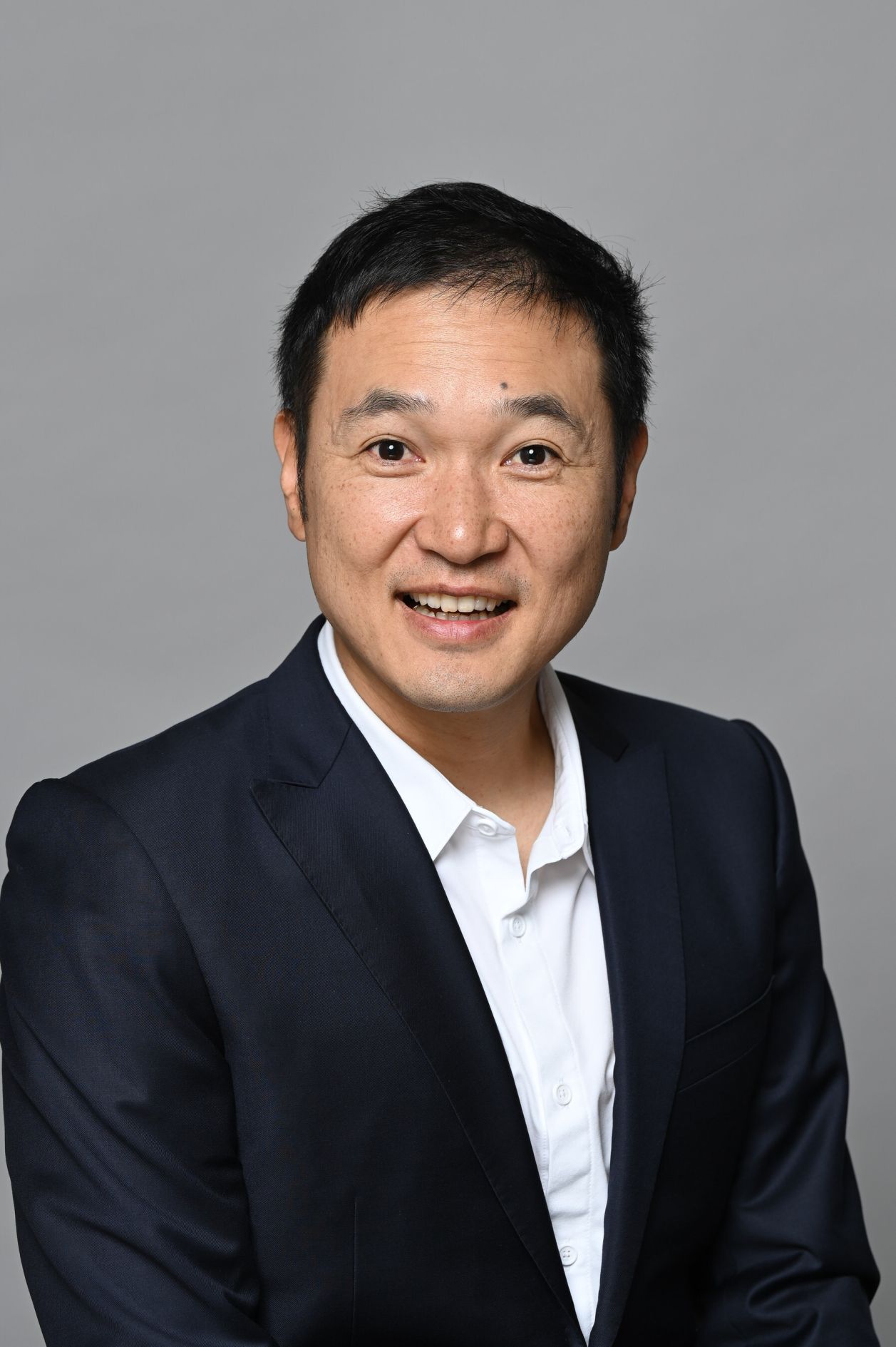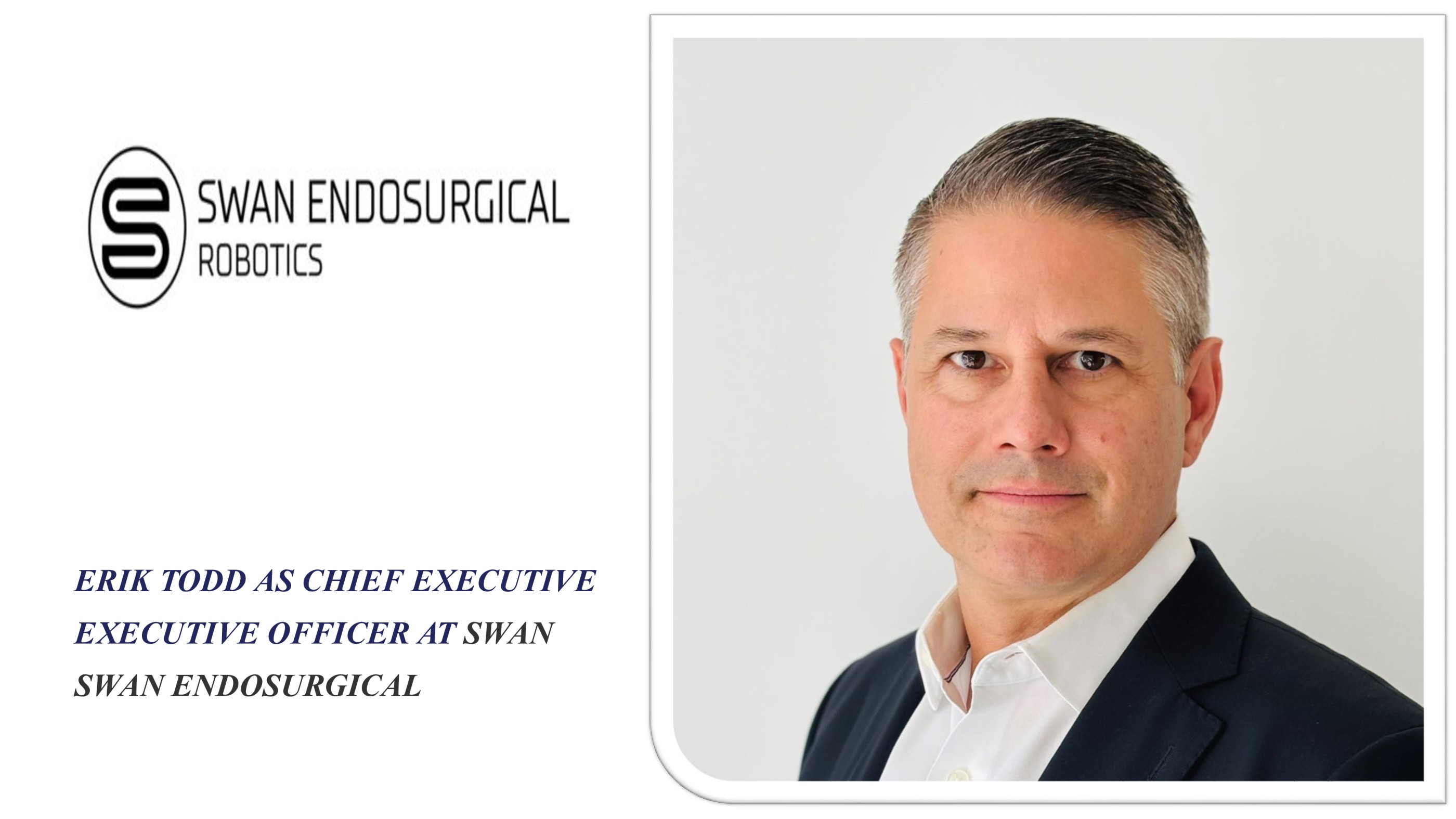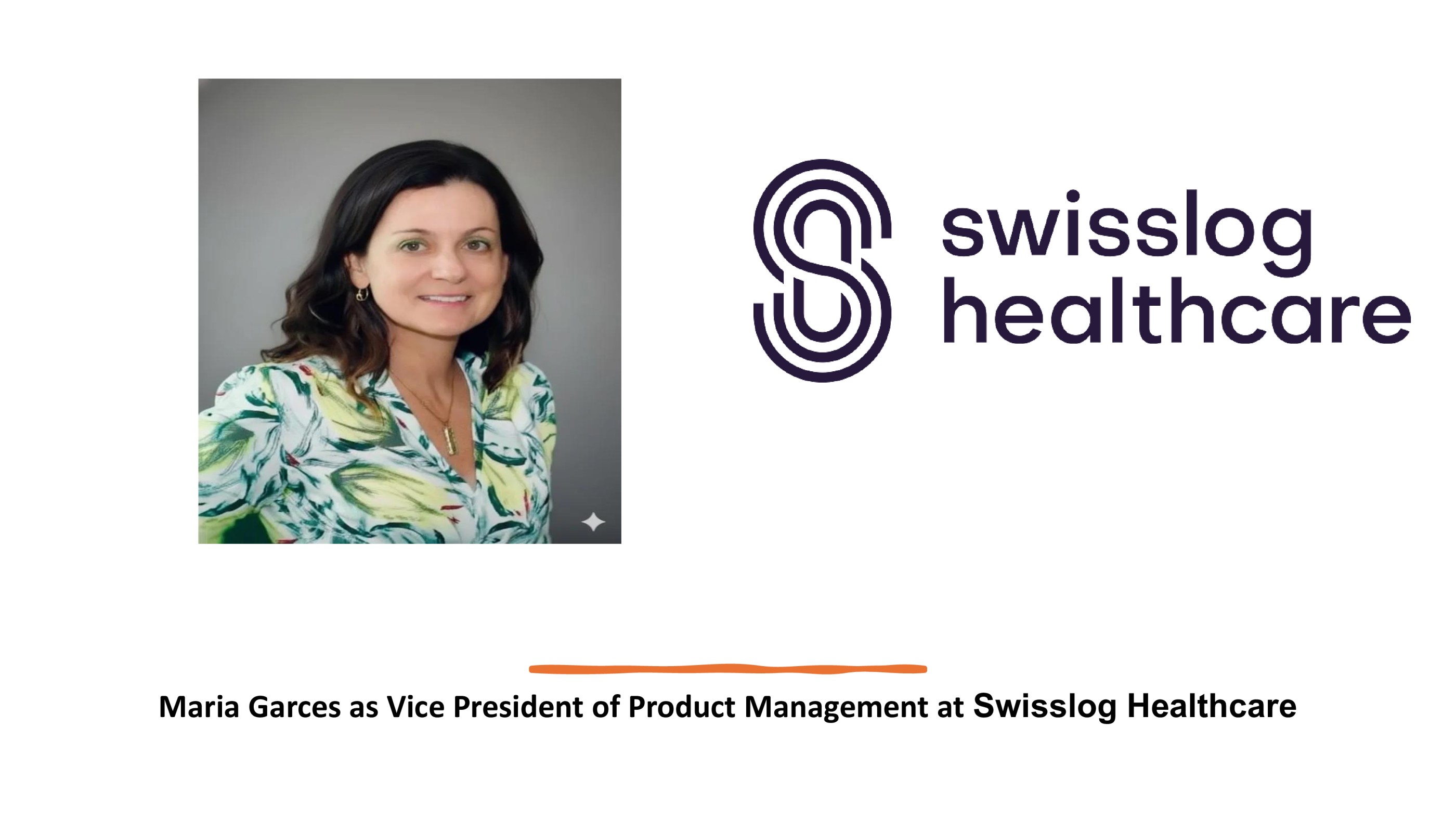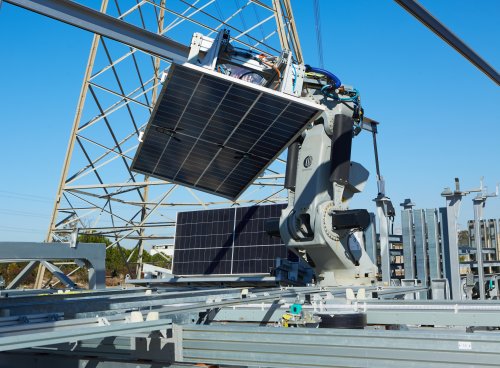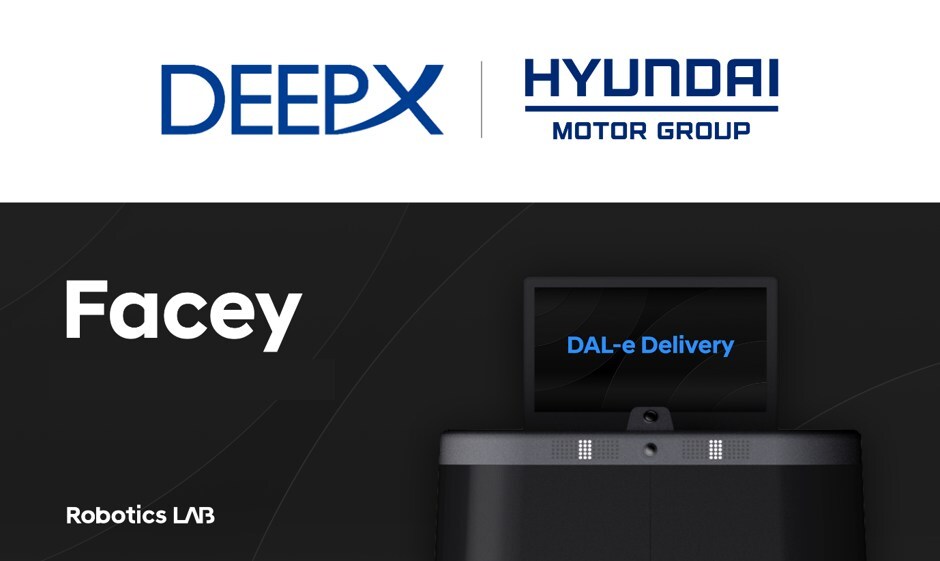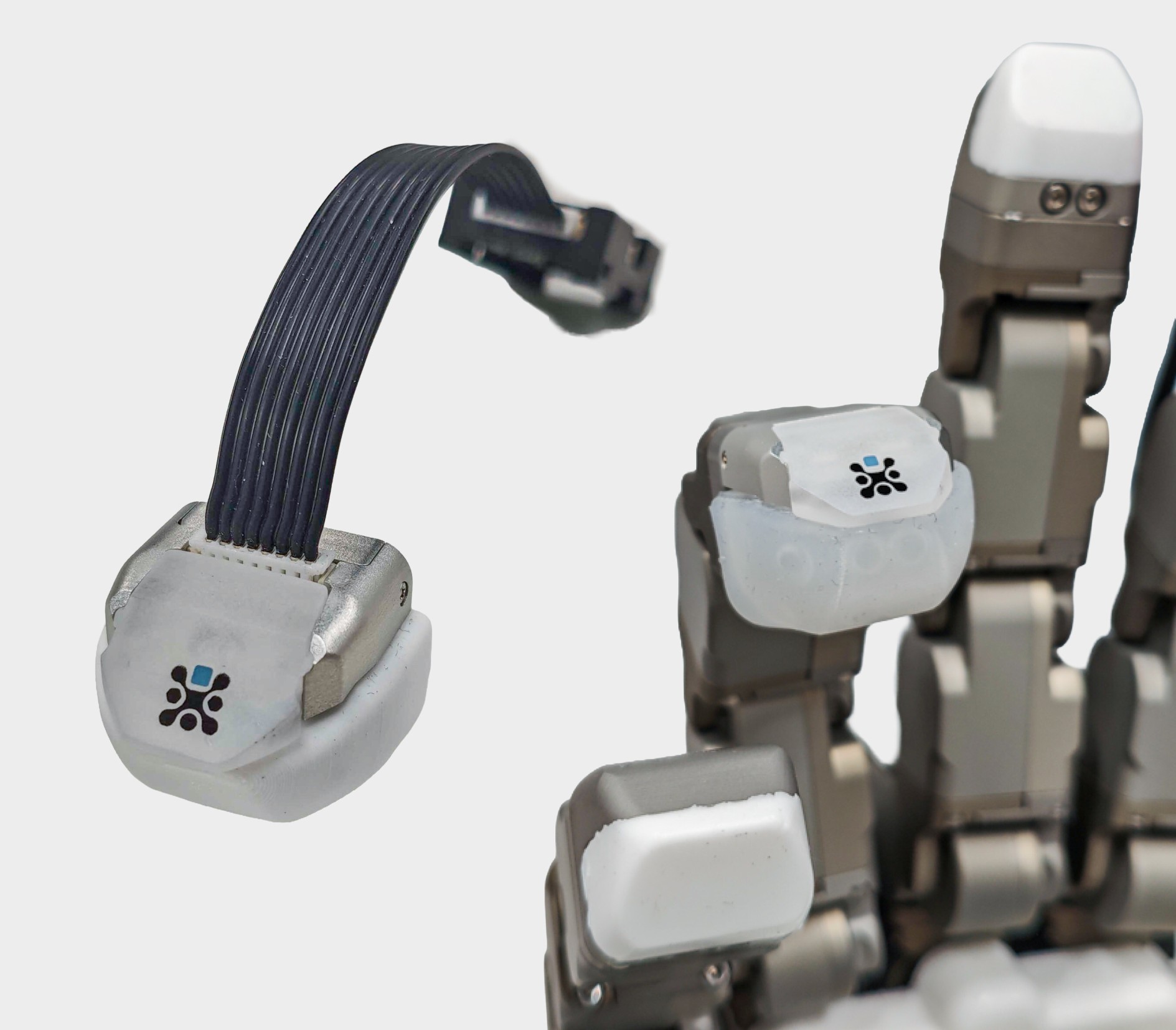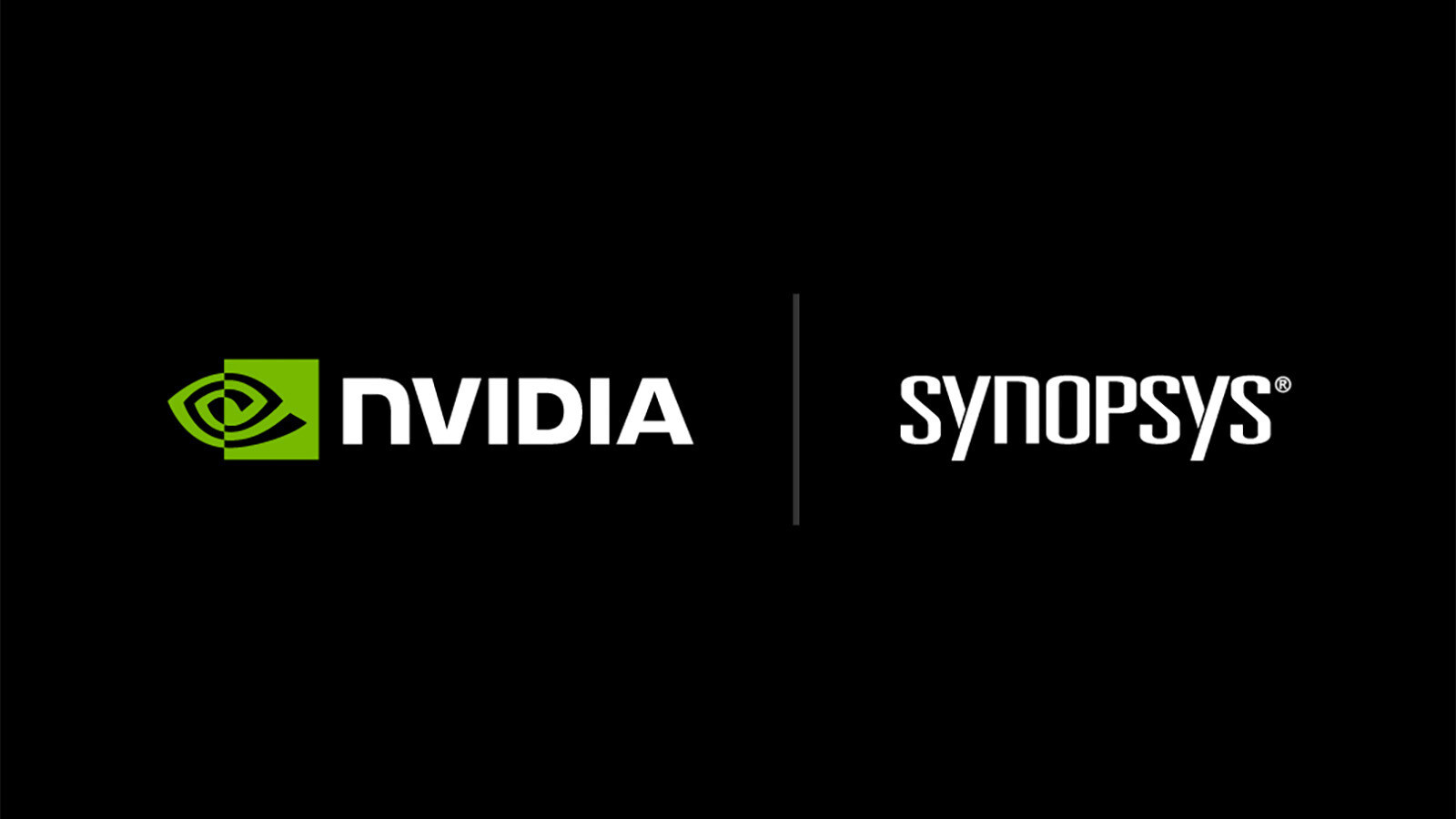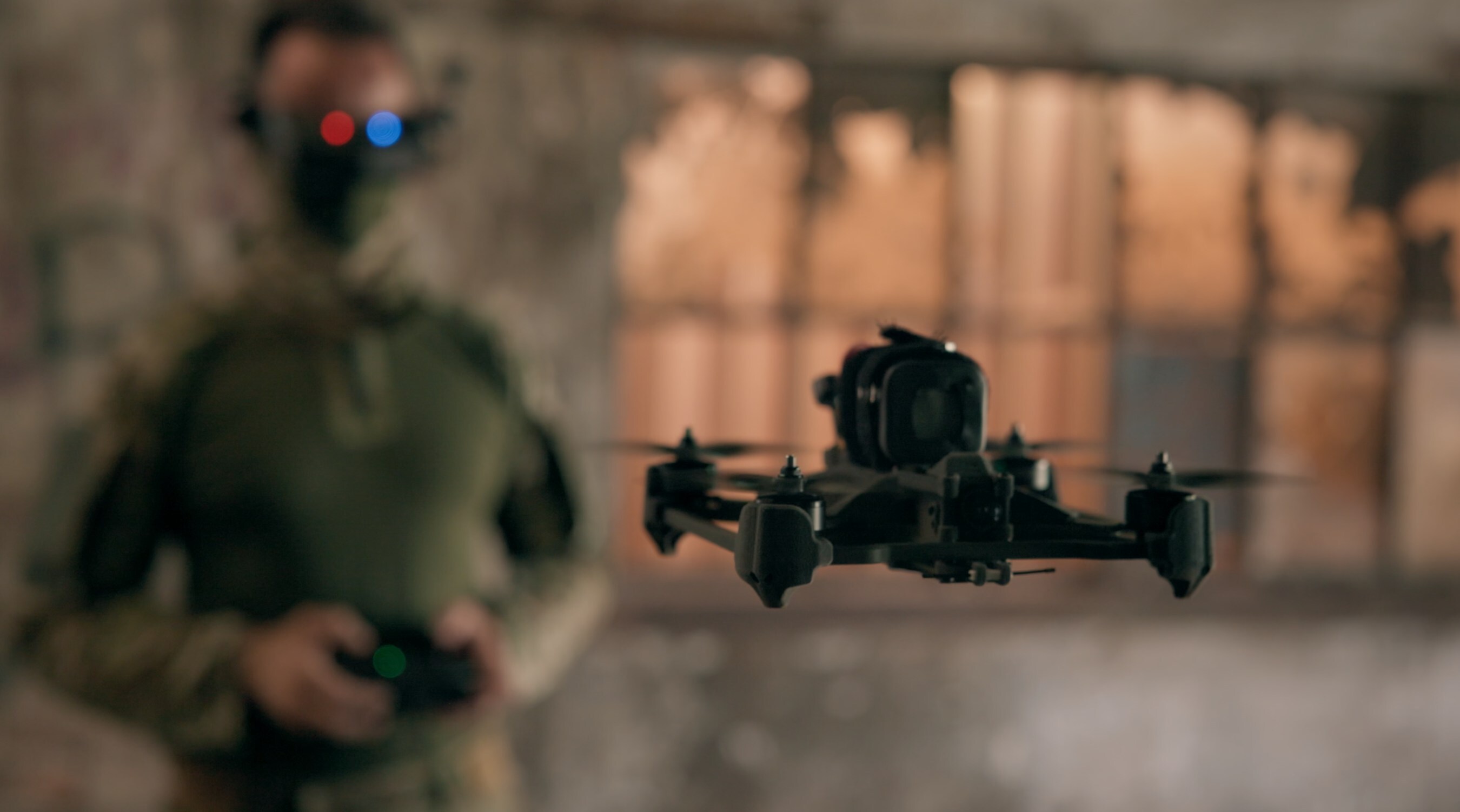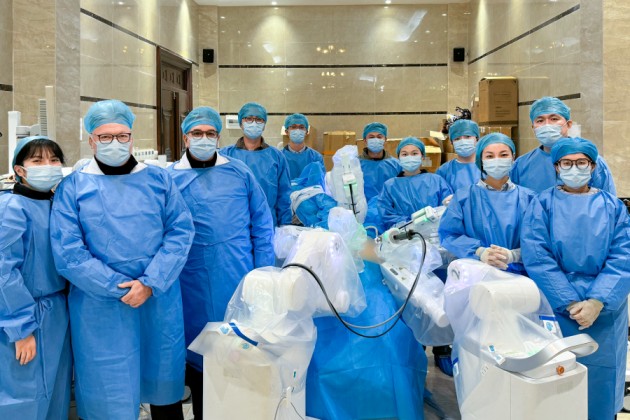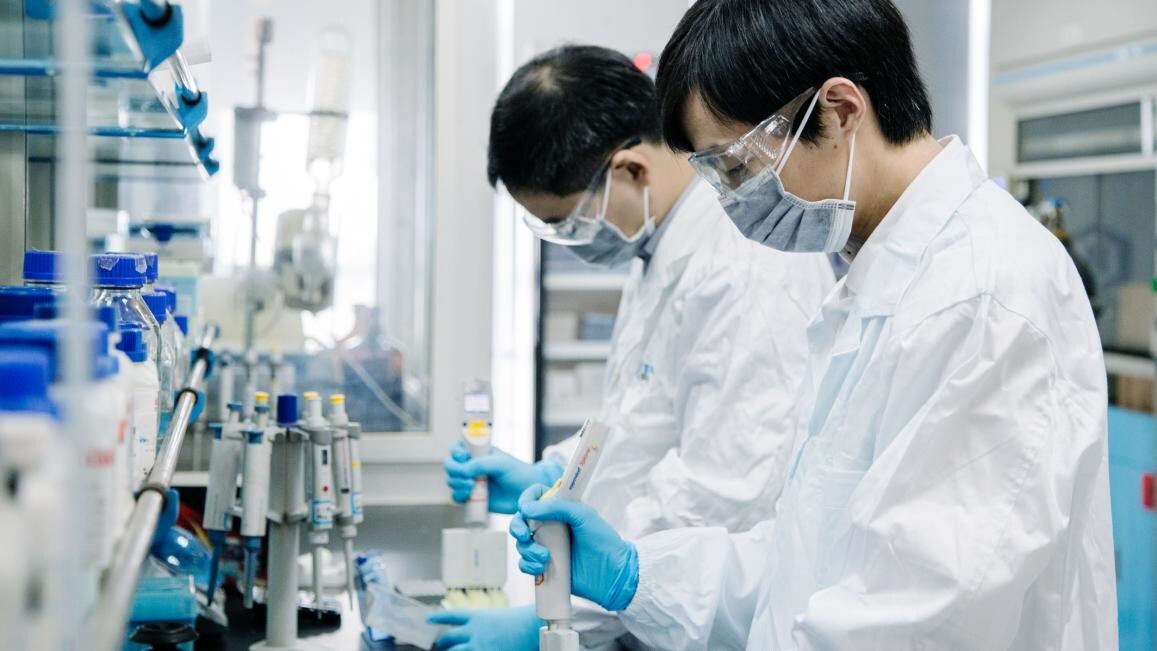MMI CEO Mark Toland on How the Symani Surgical System Is Redefining Robotic Microsurgery
25 August 2025 | Interaction | By editor@rbnpress.com
In an exclusive interview, Mark Toland discusses how MMI’s FDA-cleared Symani Surgical System is pioneering a new era in open microsurgery with NanoWrist® technology, AI-driven tools, and global clinical adoption.
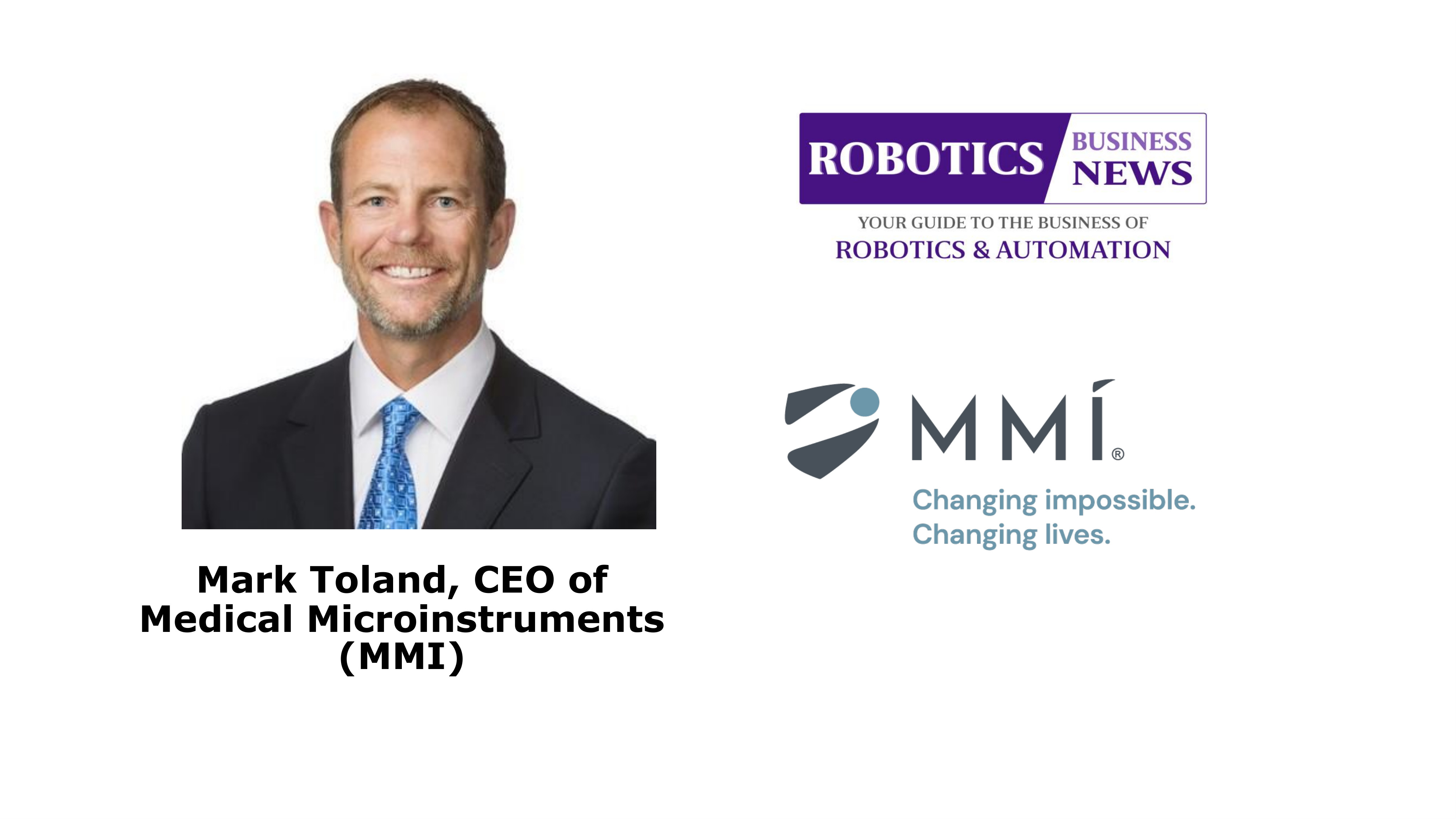
In an exclusive interview with Robotics Business News: Mark Toland, CEO of Medical Microinstruments (MMI), says the company is reshaping the future of microsurgery with the Symani® Surgical System—the first and only FDA-cleared robotic platform for open microsurgery in the U.S. “With Symani, we are pioneering a completely new category in surgical robotics, enabling surgeons to treat conditions once considered untreatable,” Toland explained. Featuring NanoWrist® technology that offers seven degrees of freedom, motion scaling, and tremor reduction, the system allows surgeons to manipulate vessels as small as 0.2 mm with unprecedented precision. Toland noted that Symani has now been used in more than 2,000 procedures worldwide, supported by over 70 peer-reviewed publications, underscoring both safety and surgeon adoption. With expanding clinical use across reconstructive oncology, lymphedema repair, and upcoming applications in neurosurgery, MMI is positioned at the forefront of a new era in robotic microsurgery.
What innovations distinguish the Symani Surgical System as the only FDA cleared platform for open microsurgery in the U.S., and how did that milestone reshape your company’s trajectory?
With Symani, we are pioneering a new category in surgical robotics, empowering surgeons to perform complex, open procedures for conditions once considered untreatable. The Symani Surgical System is the only commercially available robotic platform designed to provide enhanced precision and control, in vessels as small as 0.1-0.2mm, using sutures between 8-0 to 12-0. It combines the world’s smallest wristed surgical robotic instruments with tremor-reducing and motion-scaling technologies to address the scale and complexity of microsurgery and supermicrosurgery.
The FDA De Novo clearance established Symani as the only microsurgical robotic platform cleared for open surgery in the U.S. and further solidifies our position as the leading microsurgical robotics innovator.
How does Symani’s NanoWrist® technology—offering wristed motion scaling and tremor filtration—empower surgeons to manipulate vessels as small as 0.2 mm with greater precision?
Symani’s NanoWrist instruments provide seven degrees of freedom, delivering wristed articulation that replicates natural hand movements at a microscale. With 7 to 20x motion scaling and tremor reduction, the system translates macro movements into ultra precise micro movements that introduce a new level of capability to perform exceptionally precise procedures.
The robot originally performed the anastomotic portion of the open surgery. The instrument portfolio is expanding to include scissors and forceps designed for delicate dissection, vessel preparation, and fine tissue handling. These novel, fully wristed robotic dissection tools for open microsurgery broaden the capabilities of Symani across critical cancer-related applications such as breast and head & neck reconstructive surgeries and for lymphedema repair. These dissection instruments are currently commercially available in Europe.
Symani has surpassed over 500 clinical procedures in Europe and nearly 1,000 globally. What has this breadth of experience revealed about its safety, effectiveness, and surgeon adoption?
Our case volume now exceeds 2,000 procedures globally, and our expanding library of research includes more than 70 peer reviewed publications that are rapidly evolving from learning curve and usability to patient focused clinical outcomes in complex reconstructive procedures. Studies indicate a short surgeon learning curve for robotics and evidence demonstrates that robotics has the potential to reduce vessel trauma and increase patency rates compared to manual surgery. We are excited an ongoing postmarket study in Europe that underscores the potential to elevate patient outcomes. With over 400 patients enrolled, early trends are showing improved flap survival and reduced adverse events when compared to literature on manual techniques.Several clinical studies are planned in the near term to further strengthen the evidence base for robotic technology in challenging microsurgical applications.
What role did early clinical adoption at institutions such as Cleveland Clinic, Yale New Haven, and Cedars-Sinai play in validating Symani’s performance?
Early clinical adoption by leading institutions has been instrumental in validating the performance and market demand of the Symani Surgical System. Leading cancer centers throughout the U.S. recognize the value in offering robotic treatment options to cancer patients, especially breast cancer patients, involving both autologous reconstructions and treatment of lymphedema. Unlike most other forms of cancer including prostate, colorectal, and lung that have robotic treatment options, patients suffering from breast, esophageal and thyroid cancer have no robotic options to optimize their care. Early Symani adopters have marketed robotics to help retain patients first diagnosed with cancer at their hospital for ongoing care and to attract new patients diagnosed at competing local hospitals to provide them highest level of patient care.
Looking ahead, how are you developing AI capabilities or advanced tools—such as automated micro-dissection or suturing—to further elevate surgical precision?
We are actively developing and launching advanced digital tools to enhance Symani through integrated intelligence. One early instance of this is reflected by the first clinical use of our Synaptix Digital Surgery Platform, a data-driven platform that delivers real-time data visualization, ergonomic enhancements and procedural guidance. This forms the basis for learning and AI-driven automation such as predictive analytics, automated instrument adjustments, and automation of specific procedural steps.
Can you discuss the learning curve for surgeons transitioning from traditional microsurgery to Symani—what training timeline and proficiency milestones have you observed?
There are less than 600 surgeons able to perform supermicrosurgery today. By elevating the microsurgical skills of more surgeons, we can increase patients’ access to new treatment options. We have the ability to quickly help experienced microsurgeons gain the skills needed to perform supermicrosurgical procedures. We typically see them able to confidently use Symani in supermicro applications after approximately 17 robotic cases, as compared to years of advanced medical training. And general surgeons interested in microsurgery can acquire the skills they need to begin using the technique sooner than via traditional training methods. Published studies indicate a short learning curve for both robotics and microsurgery. One study demonstrated that both expert and novice microsurgeons got faster (53% and 42% respectively) after performing just 5 robotic anastomoses. Another demonstrated a significant time improvement between 2 robotic groups with comparable times to manual surgery reached after 18 anastomoses. A third preclinical study validated precision and accuracy in robotic microsurgery compared to manual techniques with improvements in the learning curve, time efficiency (time per stitch), procedural precision and accuracy, and surgical outcomes.
With deployments across specialized surgeries—from lymphedema repair to reconstructive oncology—what new clinical domains do you anticipate Symani entering next (e.g., transplant, head & neck, intra‑abdominal)?
We received 510k clearance for an expanded indication in the U.S. in early 2025 that enabled use by head & neck surgeons in some of the most prevalent cancer-related reconstructive procedures. We also completed the world’s first robotic preclinical study in neurosurgery in August 2024, an exciting first step into the field of brain-related applications.
How do you envision scaling Symani’s clinical footprint globally, and what role will simulation, digital surgery integration, and surgeon certification play in commercial expansion?
We envision a multi-phased approach centered on strategic market entry, regulatory approvals, and targeted partnerships to build a robust install base. Beyond U.S. market entry, expansion into key markets in APAC will continue in 2025 and 2026 with support from key distributors. Investments will prioritize clinical trials and commercialization efforts to tap into the projected growth of eligible robotic microsurgical procedures. Simulation plays a critical role in commercial expansion by democratizing access to training and accelerating surgeon proficiency. The Symani Simulator, launched in 2022, digitizes training pathways with virtual scenarios that replicate microsurgical tasks, allowing surgeons to perform microsurgical techniques in a controlled environment. The tool is being integrated into global training, reducing onboarding time and helping to drive remote certification preparation. Our digital surgery strategy will serve as a cornerstone for further optimizing patient outcomes and laying the groundwork for future innovations. The use of data to drive intraoperative assistance algorithms is what’s next for surgical robotics.







